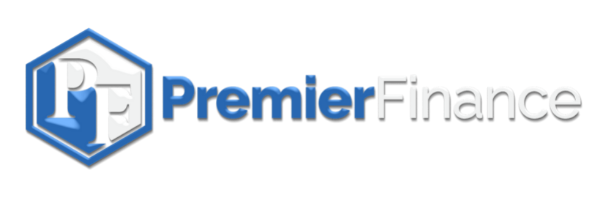This is a real question we received on WhatsApp recently, and it’s something we hear often. Many South Africans with low credit scores feel overwhelmed by multiple accounts and believe a single consolidation loan is the solution. But the truth may surprise you.
The Misunderstanding About Consolidation Loans
Many people think debt consolidation loans are designed for those who are already battling. In reality, only clients with affordability and a good credit score qualify. When lenders assess an application, they check whether you have room in your cash flow to handle additional credit.
A common myth is that you can take out a loan to cover arrears and simply “pay one person.” But once you’re in arrears, you’re flagged as a slow payer — and no lender will advance more credit until those arrears are settled.
What Really Determines Qualification
Your credit score isn’t the only factor. Lenders also look at your debt-to-income ratio. If more than 40% of your income already goes toward debt, you’re considered over-indebted. At this point, new credit is no longer an option.
But here’s the good news: clients with low scores and high debt-to income-ratios can still consolidate their debt — just not through a new loan. Instead, they can use debt restructuring.
Debt Restructuring: The Alternative That Works
With debt restructuring, your current creditors are approached to negotiate lower instalments and interest rates. In many cases, interest can drop to as low as 9% — and sometimes even 0%.
That means instead of taking 7–10 years to clear debt at high rates, clients can get out of debt in 3–5 years. Best of all, they no longer need to take on additional loans just to survive.
Real Relief, Without a Loan
Yes, some clients do qualify for a debt consolidation loan. But those loans usually come at interest rates of 27% or higher — which often costs more in the long run.
For most low-score clients, debt restructuring is the smarter path. It provides:
- Lower instalments
- More breathing room in the budget
- A timeline to becoming debt-free
What You’ll Need to Apply
If you still want to check your loan options, you’ll need:
- 3 months’ bank statements
- Recent pay slips
- A copy of your ID
Your credit score should also be above 650. But if you’re already falling behind on payments, the better solution is to look at debt restructuring first.
A Case Study: From Decline to Success
We worked with a client who applied for a debt consolidation loan but didn’t qualify. Instead, we gave her a restructuring plan. The result? She freed up R14,000 a month in her budget — enough to cover all her debt, living expenses, and even start saving. She no longer needed loans to get by. For the first time in years, she lived on cash and felt in control.
The Pattern We See
From over a decade in this field, one thing stands out: many low-score clients apply everywhere they can, hoping for a loan. After years of rejections, they finally turn to debt restructuring — only to wish they’d done it sooner. If you’re in this position now, don’t wait. The sooner you start restructuring, the sooner you can rebuild your credit and qualify for credit again in the future.
Final Word
A low credit score doesn’t mean you’re stuck. It just means a different approach is needed. Debt restructuring allows you to consolidate your debt, reduce your interest, and create space in your budget — without taking on more credit.
👉 If you’re ready to explore your options, complete our short assessment form today and let’s find the right solution for your situation.

